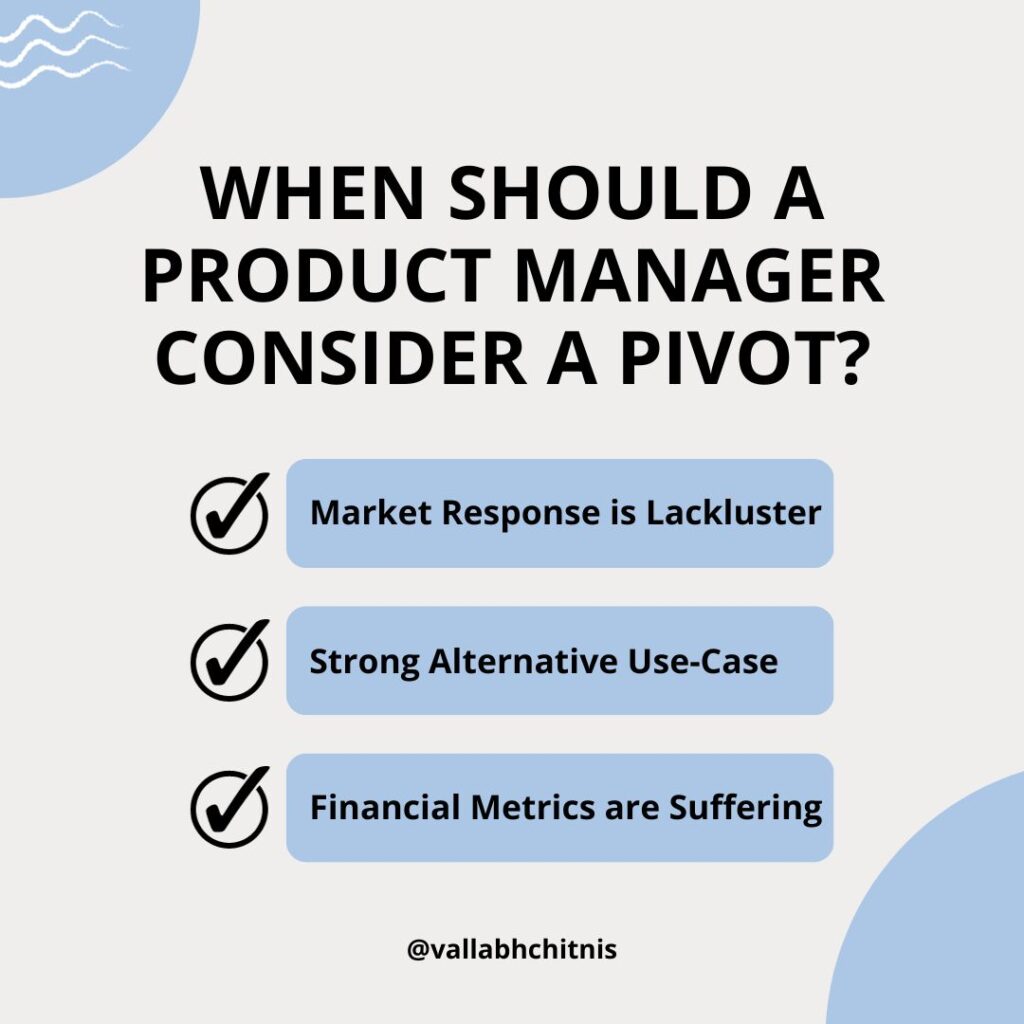A Product Pivot is a strategic change in your product’s direction based on feedback, data, or market conditions. It is like rerouting your GPS when you realize you are on the wrong road. The aim is to get your product to a successful destination more efficiently.
Pivoting is more of an art than a science. The ability to recognize when it is time to change course can make or break a product.
1: Market Response is Lackluster
If your product is not making waves or acquiring customers at a desirable rate, that is a big red flag.
Slack initially started as an internal tool for a gaming company, Tiny Speck. The games were not gaining traction. But, the internal communication tool they built was a big hit within the team.
2: Strong Alternative Use-Case
Sometimes, your customers might use your product in ways you did not intend but provide value.
Slack paid attention to how their tool was helping their team communicate efficiently and decided to focus on that, pivoting away from gaming.
3: Financial Metrics are Suffering
Declining revenues or increasing costs without a corresponding rise in value could signal a need to pivot.
Before the pivot, Tiny Speck was struggling financially. Post-pivot, Slack has generated billions in revenue, affirming the success of the change.
Actions for Pivot:
- Audit your KPIs regularly.
- Listen to customer feedback.
- Run small-scale tests before making big changes.
- Make data-driven decisions.
Pivoting is not a failure. It is adapting to the changing situation. It requires listening to the market, analyzing data, and, sometimes, trusting your gut.
